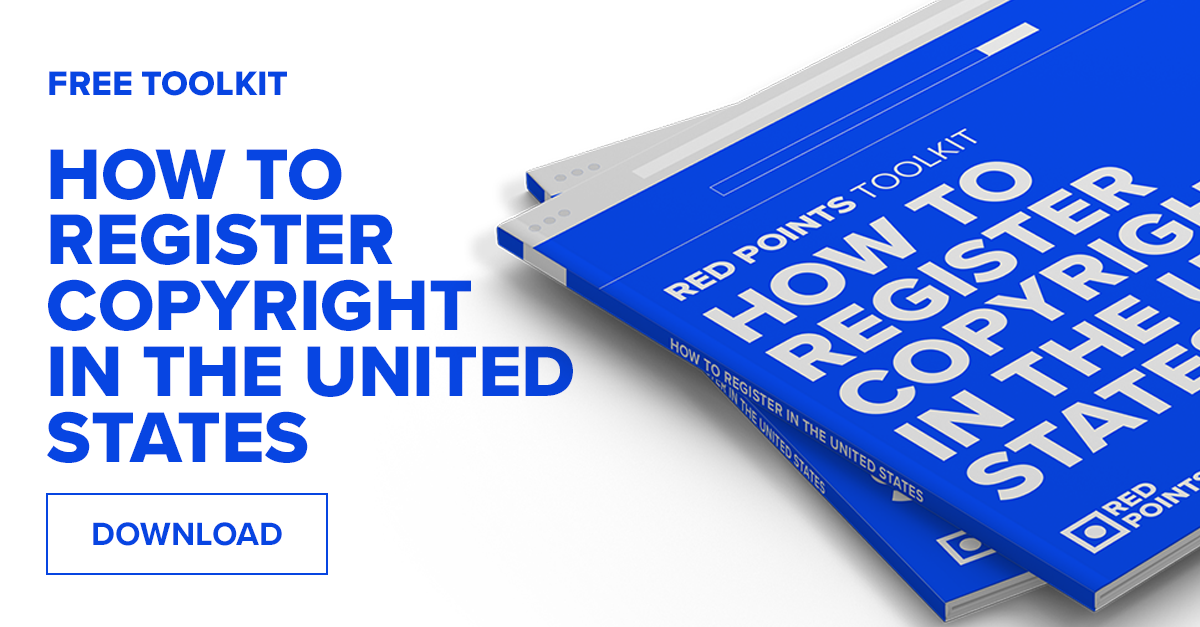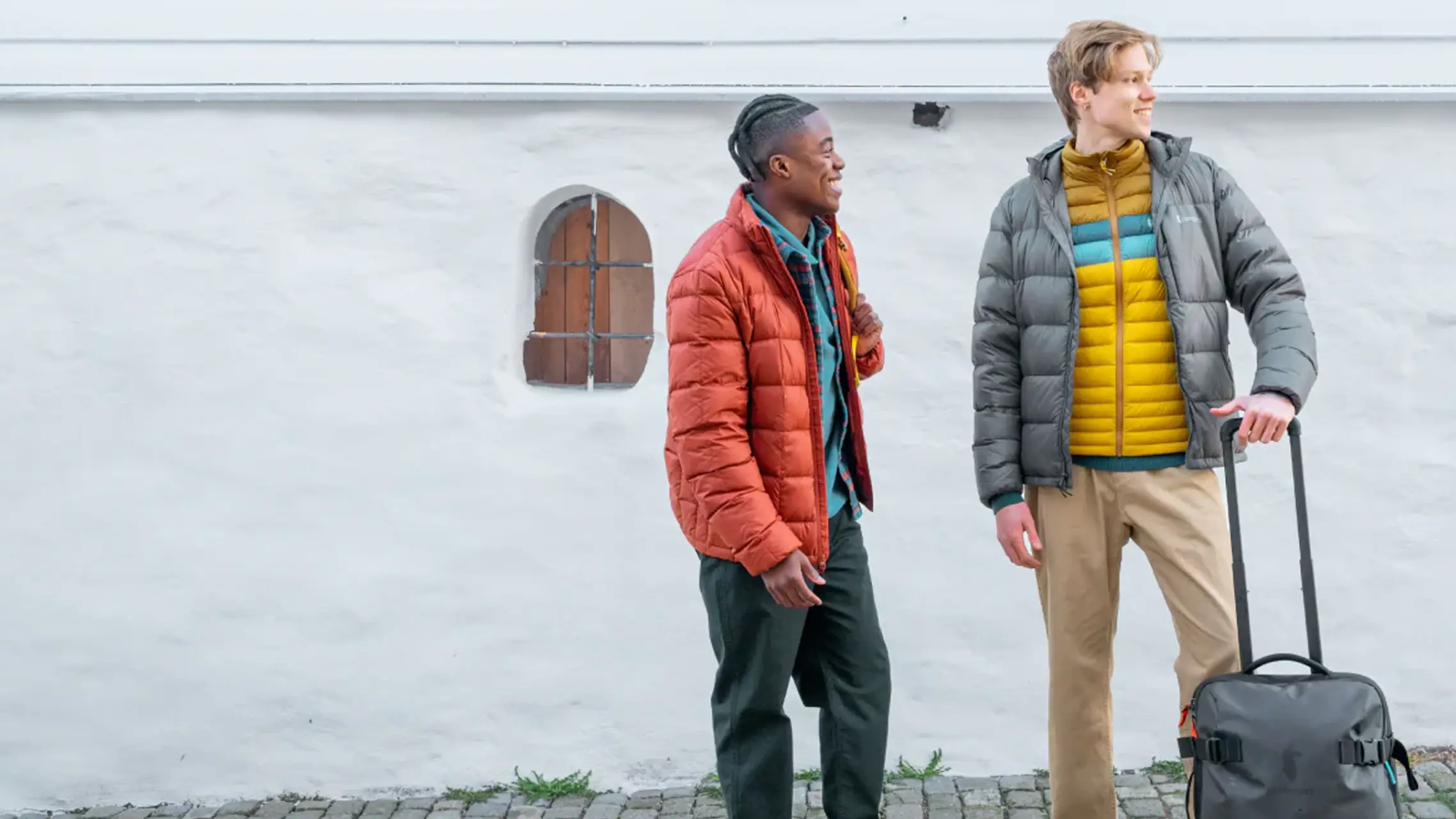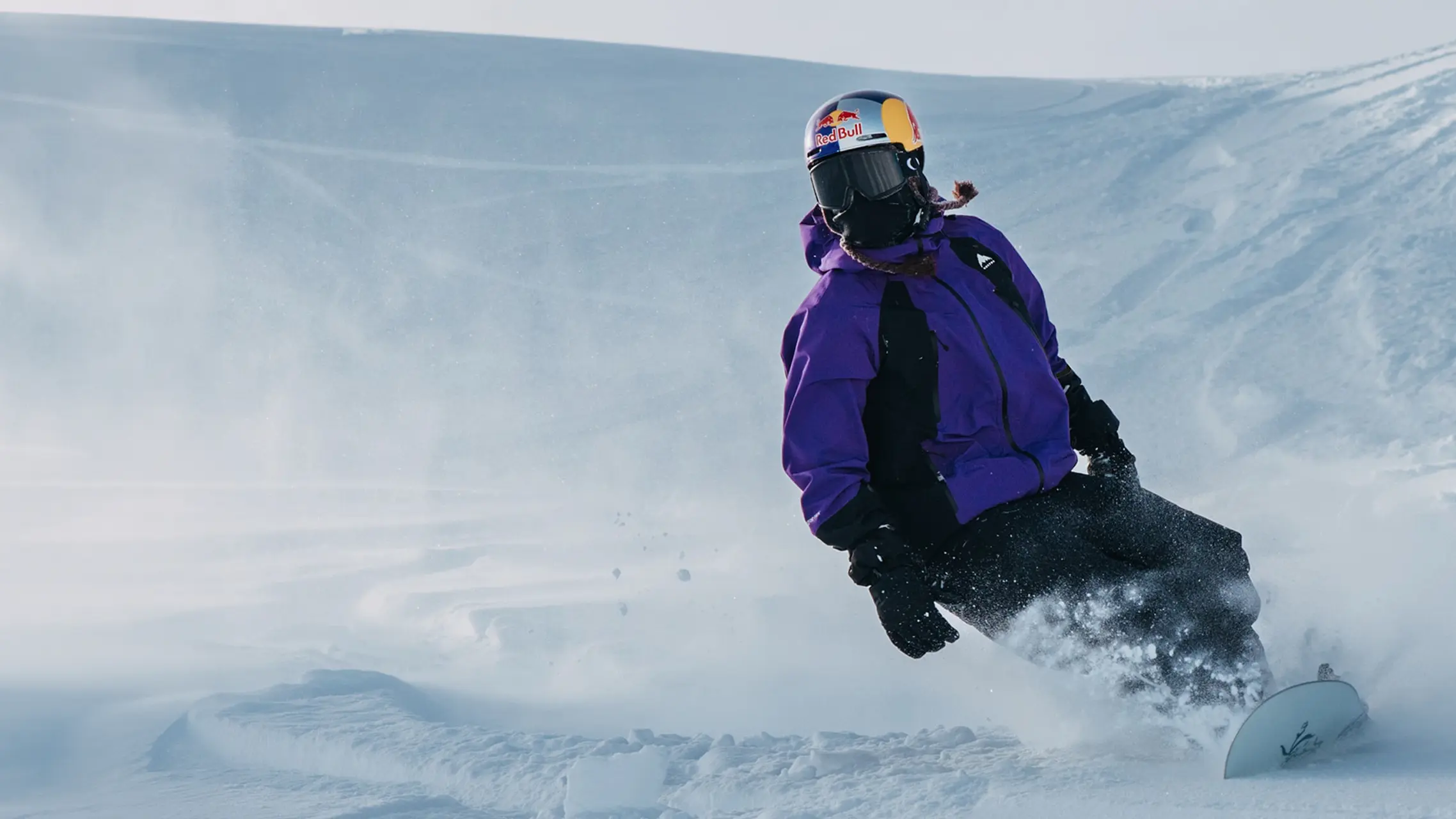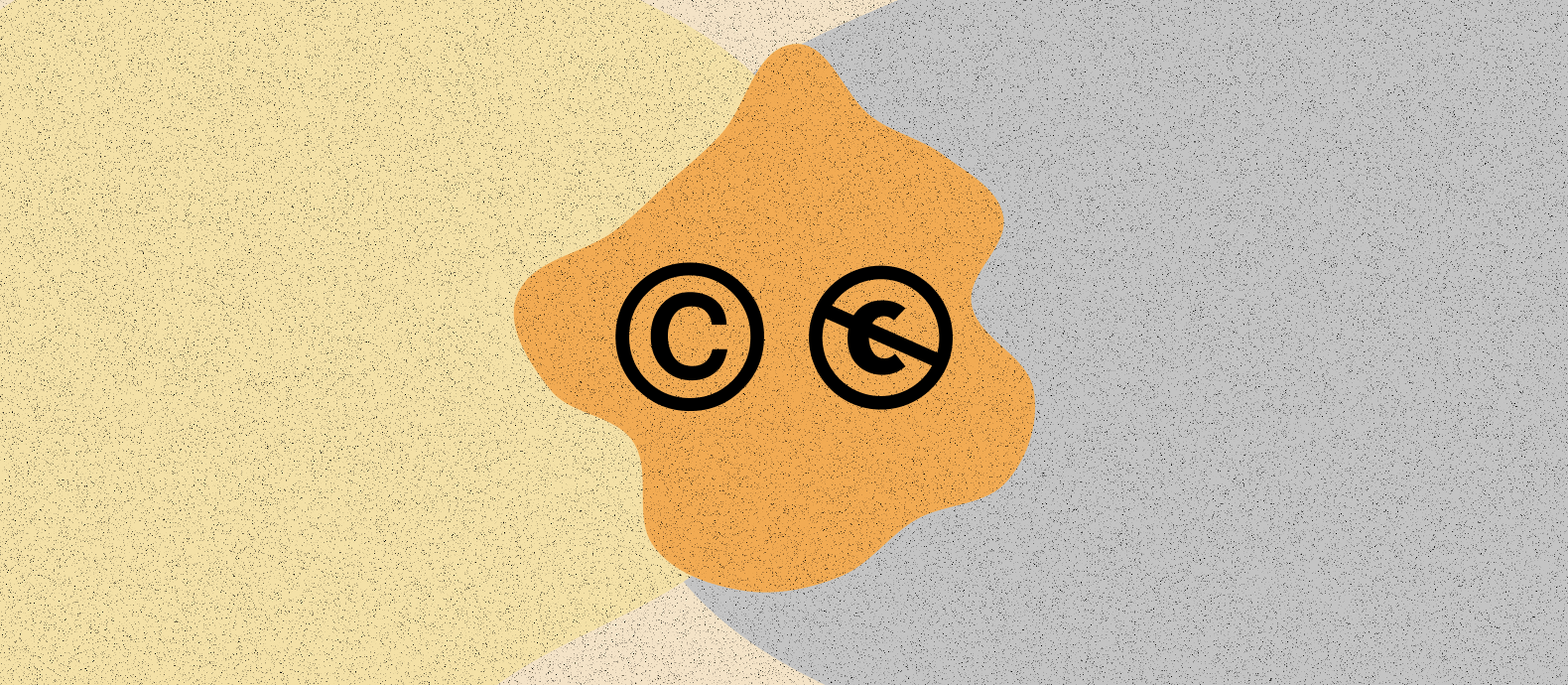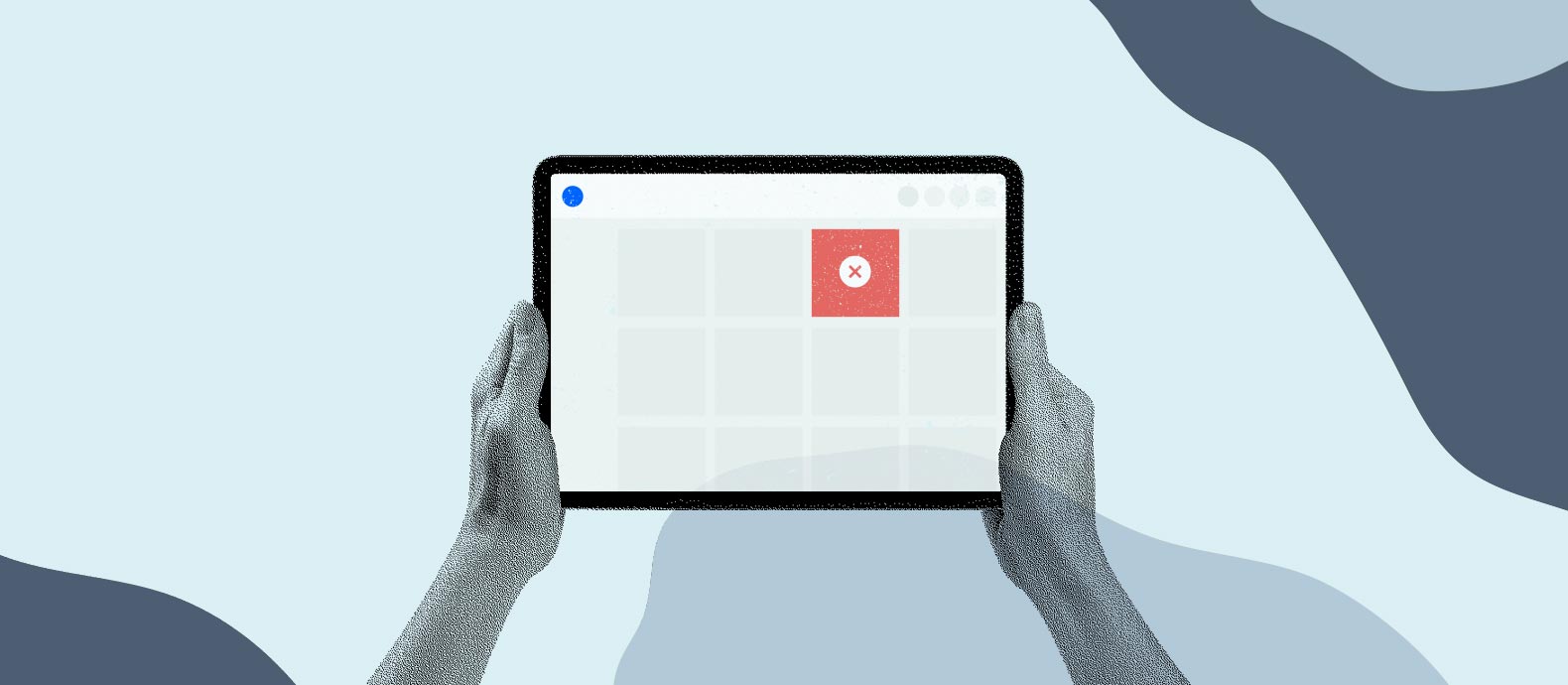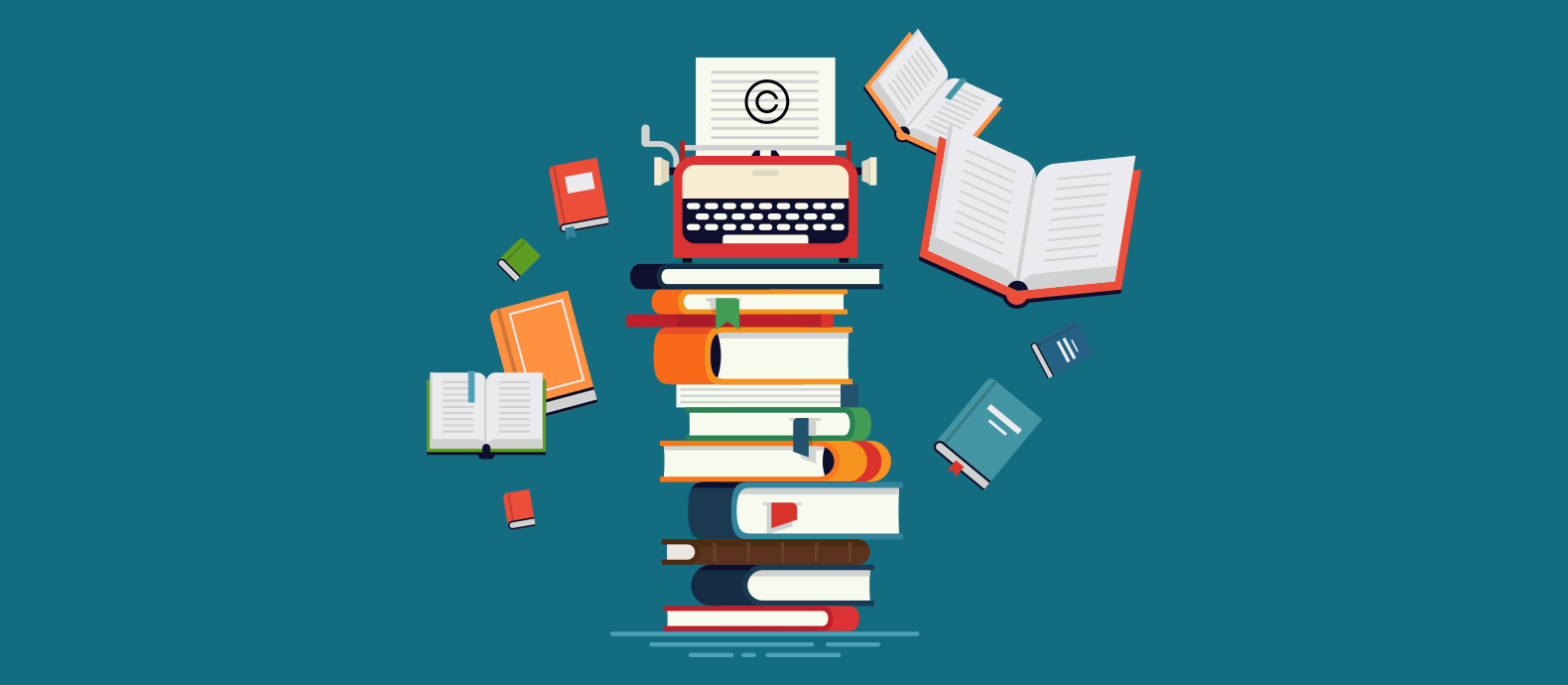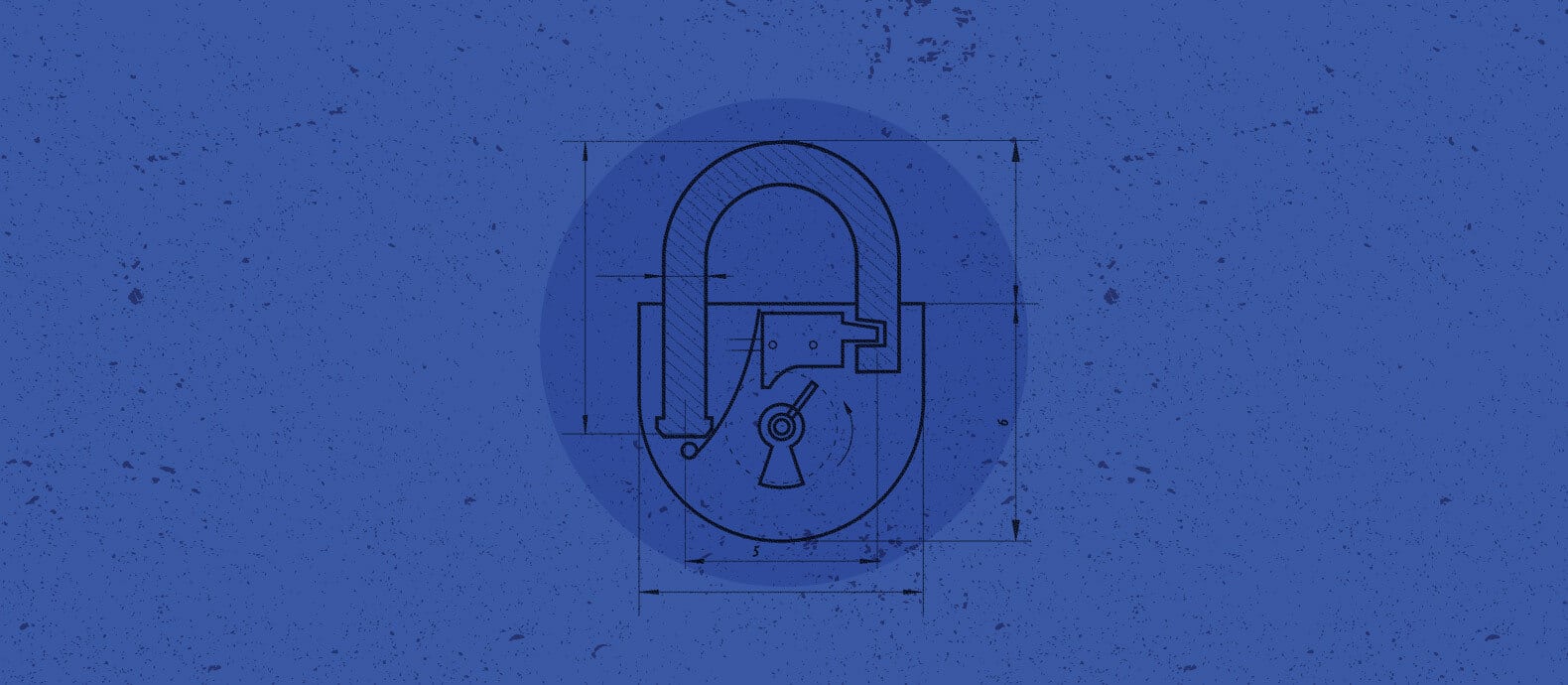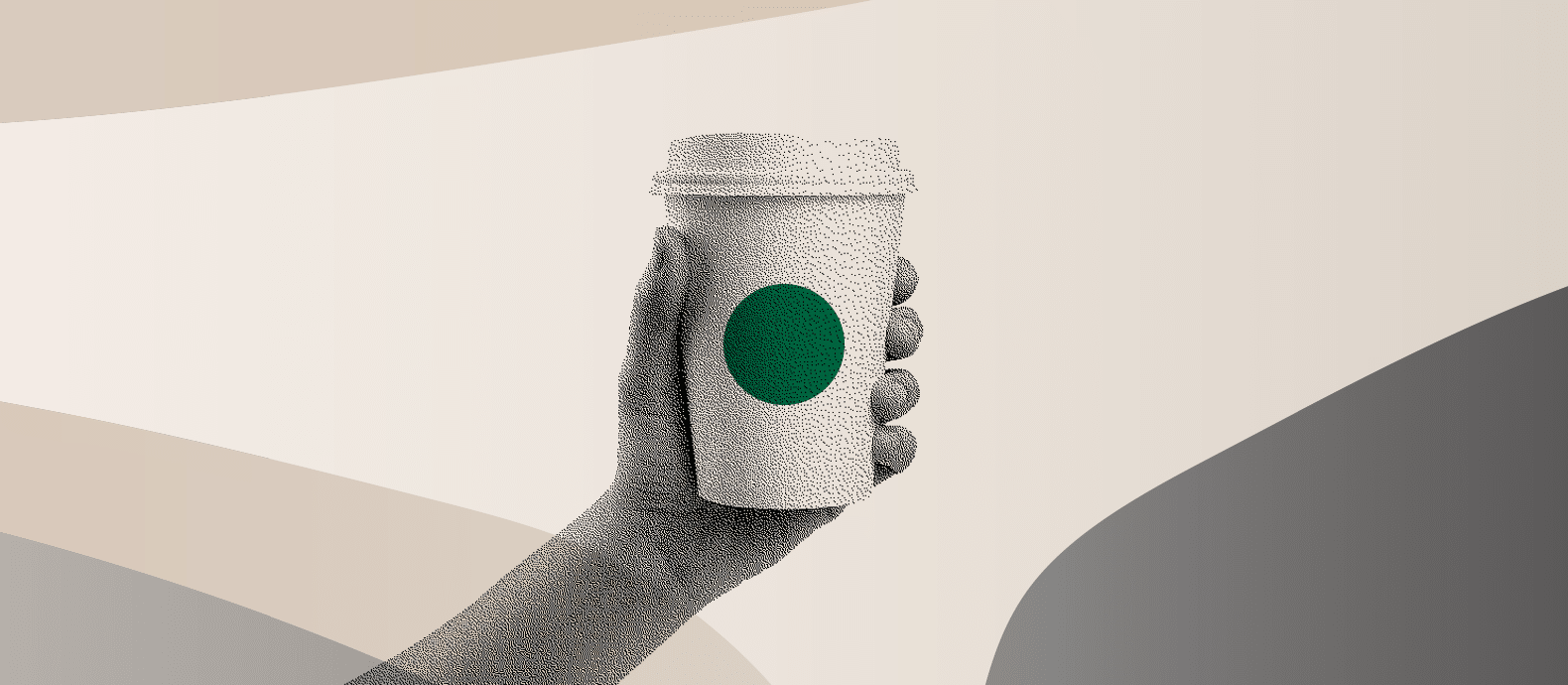The expansion of the internet has paved the way for more content to be shared and consumed online. Though this comes as good news for content creators, it has created some confusion. The concept of public domain and fair use for example is not so clear to everyone. In this article, we will provide definitions of these two terms and outline the differences between public domain and fair use.
Summary:
- Publicly accessible content on the Internet does not mean that it is in the public domain, and it, therefore, has limits for its use, share, and exploitation
- Original works get Intellectual Property protection from the very moment they are created and there is no obligation for the authors to file an application for copyright protection
- Fair use is an exception that exempts third parties to ask authorization from authors copyrighted works
Common myths about publicly accessible content
For years, the main sources of information have been libraries, museums and physical spaces. But, nowadays the internet has made all sorts of content available from anywhere in the world.
This has changed the way copyright owners share their works and in turn how users consume it. Over the years, the easy access to all this content has created confusion among the general public. Many believe that publicly accessible content on the internet can be appropriated freely by users for their own use without limits.
This is actually far from reality. Original works, including literary, musical, artistic and other intellectual works, are likely to be subject to copyright protection.
Though the content may be publicly accessible on the Internet it does not necessarily mean that it is in the public domain, and therefore has limits for its use, share, and exploitation.
Definition of copyright protection
Though the internet offers massive opportunities for copyright holders, it also comes with its own set of challenges. Many authors and content creators who see their opus reproduced, interpreted and/or copied, often struggle protecting their copyright.
According to the World Intellectual Property Office (WIPO), Copyright -or author’s right- is a legal term used to describe the rights that creators have over their literary and artistic works. These are only required to be original, meaning independently created; creative, even if the amount of creativity is small; and fixed, as they must be fixed in a tangible medium of expression.
Original works get Intellectual Property protection from the very moment they are created. There is no obligation for the authors to file an application for copyright protection. It is automatically granted by exclusive use to their creators, allowing them to choose how their works will be available to the audience.
Public domain vs. fair use
Generally, the exclusivity of copyright lasts during the length of the author’s life, and extends from fifty to seventy years after the death of the author depending on the jurisdiction. It is after this period of time when the term of protection expires and when the work enters into the public domain and is free to be used. Before that it is mandatory to obtain an authorization from the owner to exploit its work.
That being said, there is an exception for copyrighted works to be used that exempt third parties to ask for authorization from authors, commonly known as fair use. This figure stands for the permission to use unlicensed copyrighted material which is done for a limited and “transformative” purpose. If certain criteria are met, for example, in the cases of commentary, parody, research or teaching, and have as main goals the benefit of consumers and the promotion of the freedom of expression.
Criteria for fair use
According to the US Copyright Act, there are four criteria determining whether this unlicensed use will be likely to be considered as fair use, which include:
(i) the purpose and character of the use, meaning that it needs to add new significance and/or expression to the work and it does not consist of a simply reproduction of the piece;
(ii) the nature of the copyrighted work, as fair use is more commonly granted to factual works than fictional works;
(iii) the amount and substantiality of the portion used in relation to the copyrighted work as a whole, since using smaller amounts of a copyrighted work is more likely to be permitted than using big parts of it; and
(iv) the effect of the use upon the potential market for or value of the copyrighted work, as this use should not harm the author’s ability to make profit of his/her work.
Enforcing copyright infringement
To prove fair use is not always easy work. Rights holders may disagree with the fair use interpretation, and in many cases these disputes have to be resolved by court or arbitration processes.
Governmental and regulatory institutions have been therefore required to adapt laws and regulations in order to grant the exclusivity provided by Intellectual Property rights. This in turn enables authors to enforce their rights on the Internet.
Conclusion
At Red Points, we have developed a digital revenue recovery platform that gives rights’ owners the possibility to track and remove illegal content at the source and increase their copyright’s lifetime value
These mechanisms are key in the rapid enforcement and protection of Intellectual Property rights, and the best option for authors to ensure the exclusivity of their creations.
